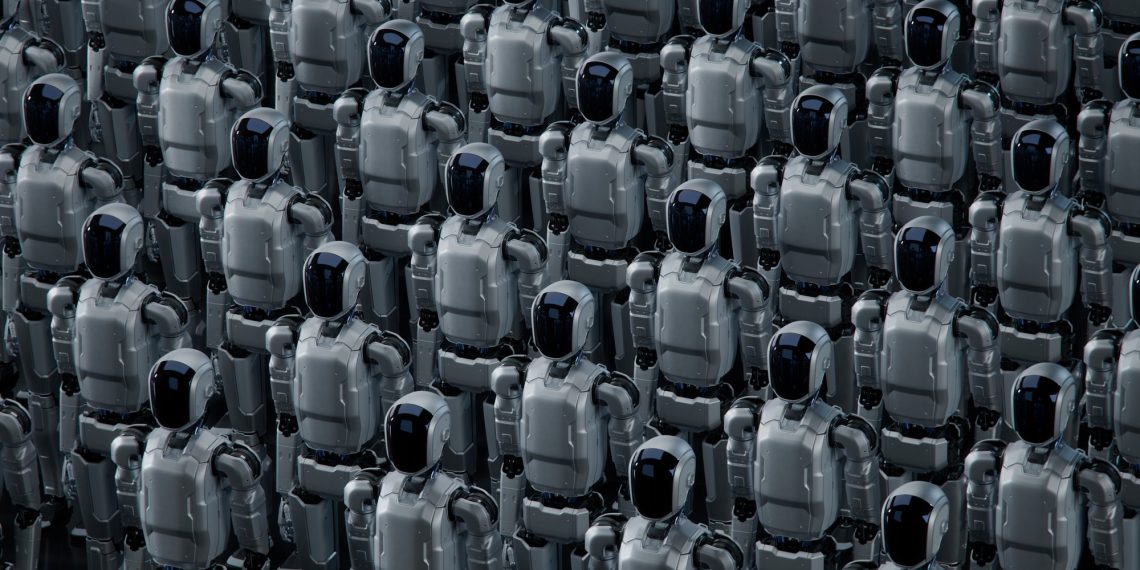European manufacturers are rapidly adopting AI-driven robotics to address labor shortages and enhance productivity. Backed by a $200 billion investment and coordinated by the European Commission, the region is advancing industrial automation, using AI to transform factories and supply chains.
NVIDIA’s technologies are central to this shift. The launch of Europe’s first industrial AI cloud in Germany, equipped with 10,000 NVIDIA GPUs, gives businesses a secure platform for AI-powered design, engineering, and robotics. Manufacturers can now create digital twins of factories, optimize production, and automate complex tasks with greater efficiency.
NVIDIA’s Isaac GR00T N1.5, a foundation model for humanoid robots, enables machines to adapt and follow instructions in real-world manufacturing, reducing the need for manual programming. With the GR00T-Dreams blueprint, companies can generate large datasets from minimal human demonstrations, speeding up robot training and deployment.
Leading robotics firms are already leveraging these advancements. NEURA Robotics introduced the 4NE1 humanoid to support both domestic and professional tasks, trained in virtual environments before real-world use. Delta Electronics is launching collaborative robots to streamline logistics and production, while Wandelbots and SoftServe use virtual simulations to validate and automate industrial processes.
Autonomous mobile robotics company Cyngn integrates its DriveMod technology for large-scale virtual testing, improving material handling operations. Doosan Robotics demonstrates “sim to real” solutions, transferring tasks from simulation to physical robots for manufacturing and service sectors.
Franka Robotics uses Isaac GR00T N1.5 to enable dual-arm robots to interpret visual data and perform complex manipulations autonomously, eliminating the need for custom programming. Hexagon’s new humanoid, AEON, handles asset inspection and operator support, powered by NVIDIA’s AI.
Other notable examples include Intrinsic’s use of digital twins for advanced robot visualization, SCHUNK’s intelligent grasping kits for automated pick-and-place tasks, and Universal Robots’ UR15 cobot, which sets new speed standards in industrial automation.
These innovations drive benefits such as reduced operational costs, increased efficiency, and improved supply chain management. Companies can automate repetitive tasks, analyze data for better decision-making, and deliver more personalized customer experiences, positioning Europe as a leader in AI-powered manufacturing.









